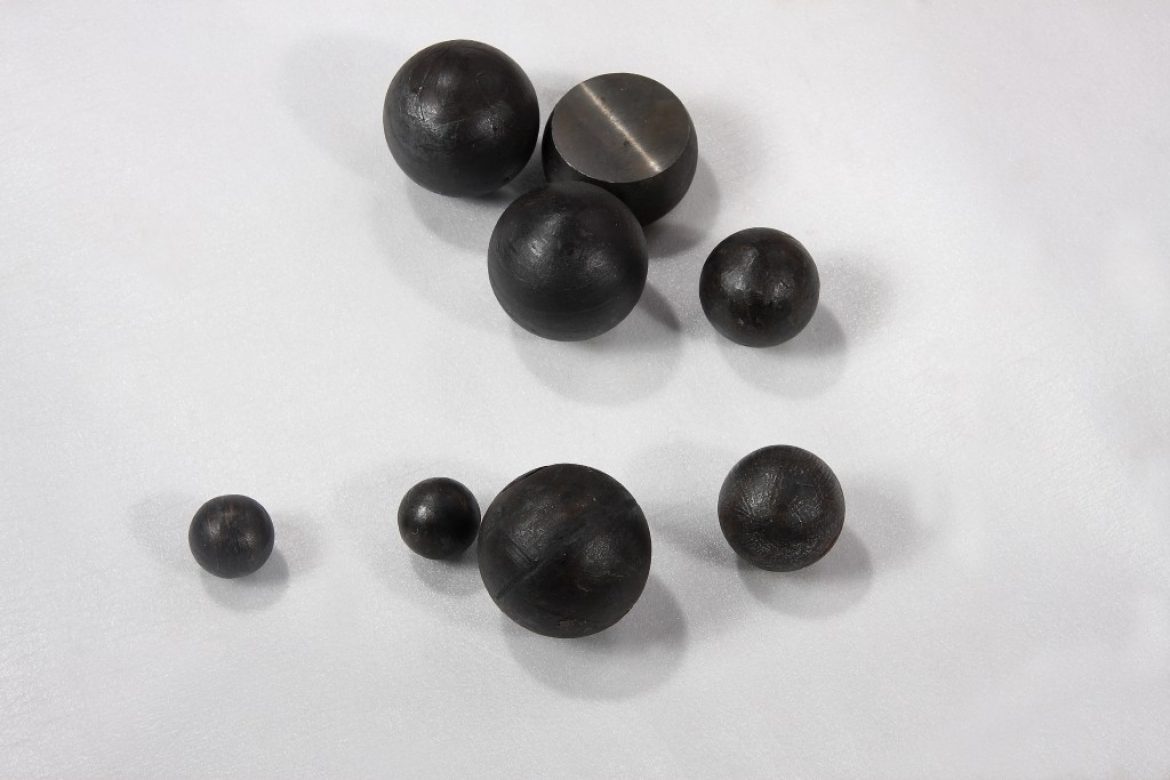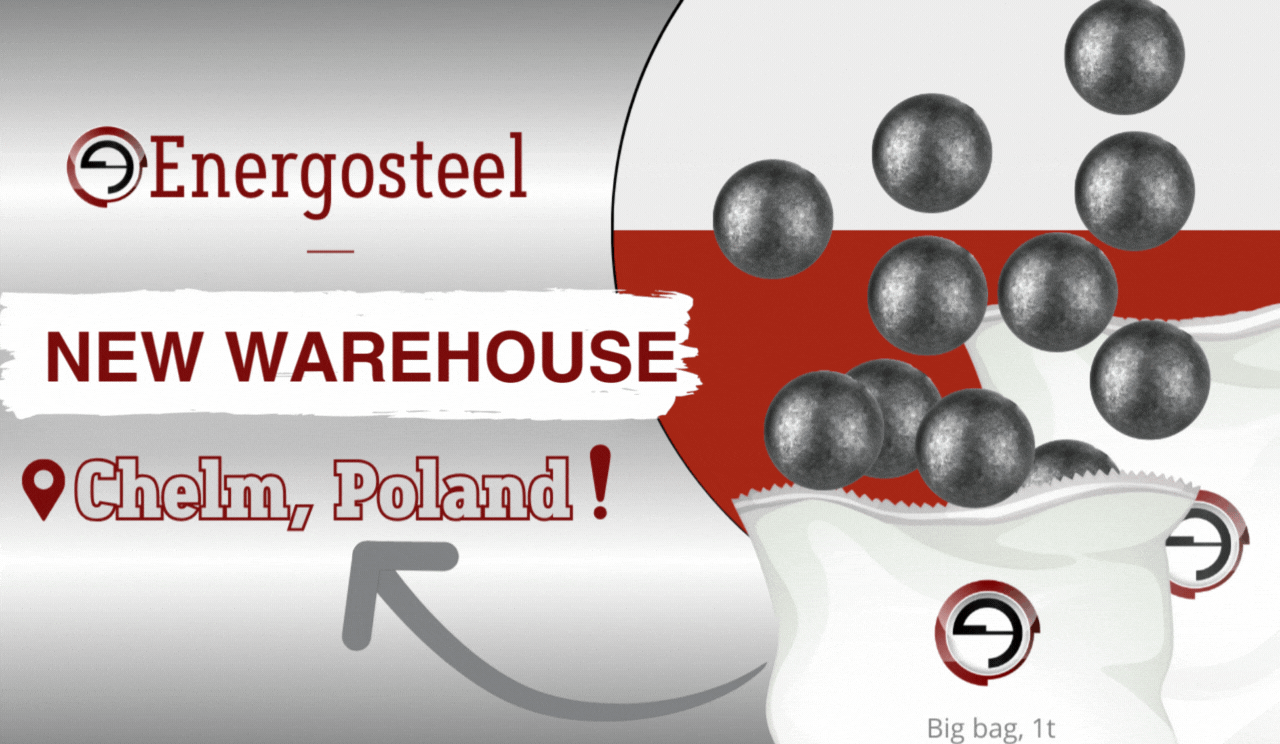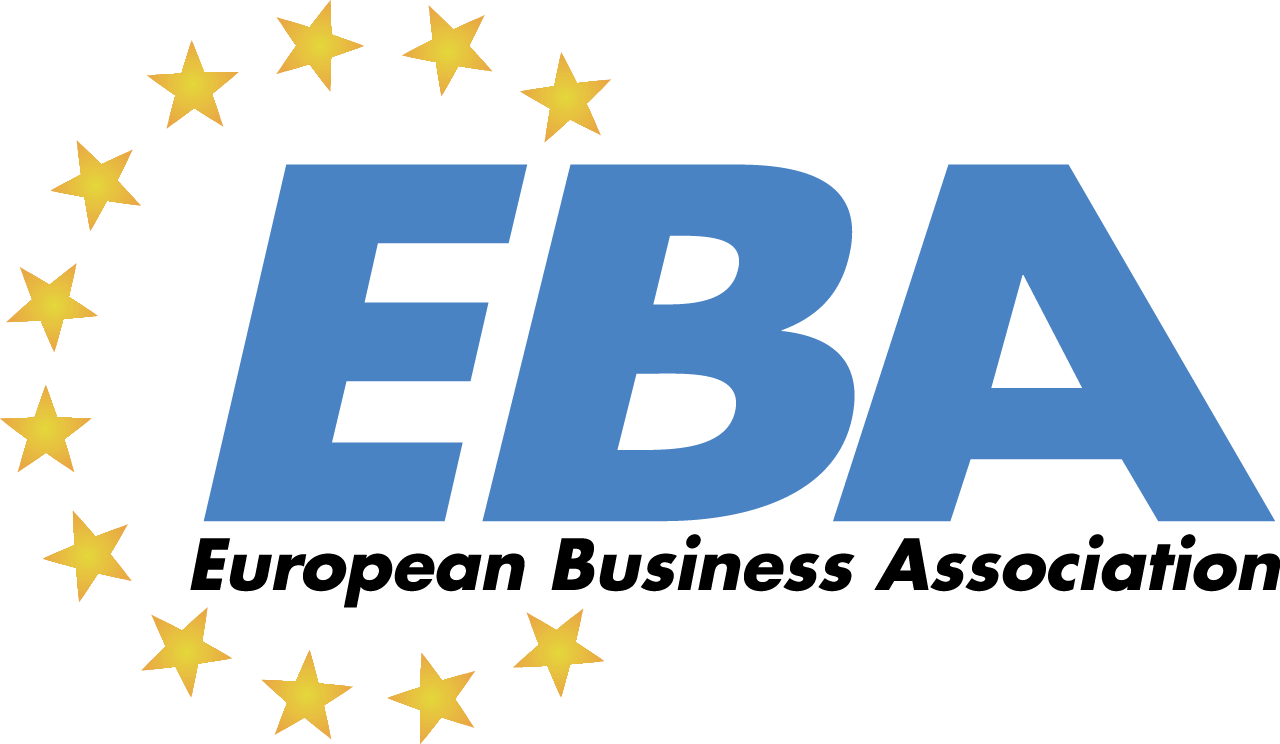Grinding media is the main component in the technological process of grinding materials for cement production, electric power, glass, silicate products, at the extraction of the concentrate for the production of metals.
It should be noted, the price cannot be the only determining factor for choosing a supplier of grinding media. By choosing a supplier, cement enterprises and mining companies increasingly focused on reducing specific consumption of grinding media per ton of produced product in monetary terms, that is the optimal ratio of the specific consumption and prices for grinding media. In order to select the right supplier of grinding media, needs to understand the applied production technology, as well as to understand exactly what kind of grinding media required in the particular case (geometry, the material of the grinding media and technical parameters – hardness).
International experience shows that using the steel grinding balls (instead cylpebs, cylinders, ellipsoids) of alloy high carbon steel in the cement industry (for grinding clinker and limestone) and mining industry (1st, 2nd and 3rd stage of grinding in concentration of ore) provides significant economy by reducing specific consumption and saving electricity consumption. Compared with others, the specific consumption by the application of grinding balls to dry grinding (Clinker, bauxite, etc.) reduced by 1.5-2 times, and the wet milling (grinding ore) – at least in 2 times. An exception can be grinding media produced by the “white” iron alloyed with chromium, but this material is expensive and is mainly used in the mills where quick reloading of grinding media is impossible. Please note, for most efficient use the grinding media of “white” iron the inner drum of the ball mill should be equipped with armor lining of the same material.
During selection the grinding media should be clearly understood what kind of grinding media must be loaded into the mill by geometric parameters. Usually, a manufacturer indicates types of the grinding media needs to be used in the data sheet to the mill (with the proviso that the mill is supplied with a fixed armor lining).
Basically, recommended use grinding balls as grinding media for ball mills, because they have several advantages over other types of the grinding media (cylpebs, ellipsoid, rollers):
– Improving the quality of grinding. The steel grinding balls have a perfect spherical shape (the lack of “shells”, “tail”, “holes”, etc. inherent for cast iron grinding media). That’s significantly increases the contact area of the milled material and the grinding media.
– Lack defects in the geometry of the ball. It leads to the exclusion process of uneven wear of the ball, reducing the consumption grinding media and improving the grinding quality.
– Reducing the cost of providing the grinding process: optimization of warehouse areas, reduction of time for additional loading, electricity saving, etc.
During selection the hardness of grinding media generally repelled by the hardness (abrasiveness) of material for grinds. For grinding the hard material require hard grinding media.
Size (diameter) of the grinding media depends on the mill feed size (particle size of material supplied to the mill) and achieved degree of fineness (size and percentage of required class size material at the exit of a ball mill). Usually, the size of grinding media indicate in technical documentation for the mill. If not performed the required technological parameters, the size of grinding media determined empirically in the process of grinding, the average diameter by changing the grinding media in the mill.
Overall, the process of selecting the required grinding media is rather complicated, because for decision accounted for many factors that are indicated above.
Specialists of Energosteel company with many years experience in the market of grinding media, always ready to help customers with the recommendations of the optimal solution in choosing grinding media.







